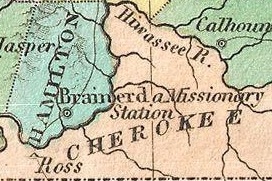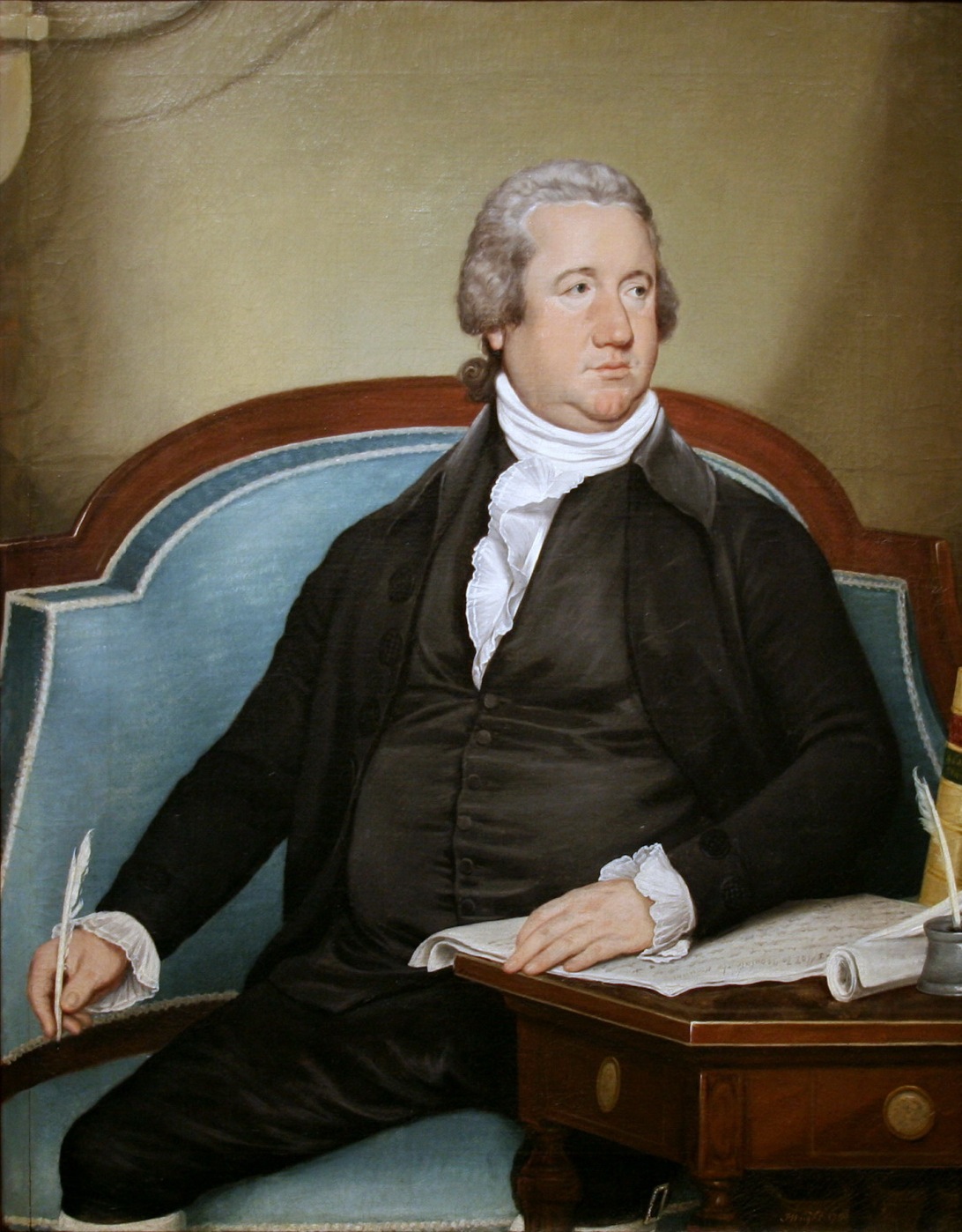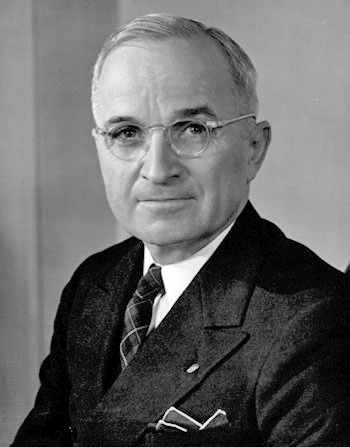|
Twenty-fifth Congress
The 25th United States Congress was a meeting of the legislative branch of the United States federal government, consisting of the United States Senate and the United States House of Representatives. It met in Washington, D.C. from March 4, 1837, to March 4, 1839, during the first two years of Martin Van Buren's presidency. The apportionment of seats in the House of Representatives was based on the 1830 United States census. Both houses of congress had a Democratic majority. Major events * March 4, 1837: Martin Van Buren became President of the United States * May 10, 1837: Panic of 1837 * January 6, 1838: First public demonstration of Samuel Morse's telegraph * May 26, 1838: Trail of Tears The Trail of Tears was the forced displacement of about 60,000 people of the " Five Civilized Tribes" between 1830 and 1850, and the additional thousands of Native Americans and their black slaves within that were ethnically cleansed by the U ...: The Cherokee removal began Major ... [...More Info...] [...Related Items...] OR: [Wikipedia] [Google] [Baidu] |
United States Capitol
The United States Capitol, often called the Capitol or the Capitol Building, is the Seat of government, seat of the United States Congress, the United States Congress, legislative branch of the Federal government of the United States, federal government. It is located on Capitol Hill at the eastern end of the National Mall in Washington, D.C. Although no longer at the geographic center of the Geography of Washington, D.C., national capital, the U.S. Capitol forms the origin point for the street-numbering system of the district as well as Quadrants of Washington, D.C., its four quadrants. Like the principal buildings of the Federal government of the United States#Executive branch, executive and Federal judiciary of the United States, judicial branches, the Capitol is built in a neoclassical architecture, neoclassical style and has a white exterior. Central sections of the present building were completed in 1800. These were partly destroyed in the Burning of Washington, 1814 Burni ... [...More Info...] [...Related Items...] OR: [Wikipedia] [Google] [Baidu] |
Cherokee Removal
The Cherokee removal (May 25, 18381839), part of the Indian removal, refers to the forced displacement of an estimated 15,500 Cherokees and 1,500 African-American slaves from the U.S. states of Georgia, North Carolina, Tennessee and Alabama to the West according to the terms of the 1835 Treaty of New Echota. It is estimated that 3,500 Cherokees and African-American slaves died en route. The Cherokee have come to call the event ''Nu na da ul tsun yi'' (the place where they cried); another term is ''Tlo va sa'' (our removal). Neither phrase was used at the time, and both seem to be of Choctaw origin. Other American Indian groups in the American South, North, Midwest, Southwest, and the Plains regions were removed, some voluntarily, some reluctantly, and some by force. The Chickasaw, Choctaw, Muscogee ( Creek), and Cherokee were removed reluctantly. The Seminole in Florida resisted removal by the United States Army for decades (1817–1850) with guerrilla warfare, part of the ... [...More Info...] [...Related Items...] OR: [Wikipedia] [Google] [Baidu] |
Classes Of United States Senators
The 100 seats in the United States Senate are divided into three classes for the purpose of determining which seats will be up for election in any two-year cycle, with only one class being up for election at a time. With senators being elected to fixed terms of six years, the classes allow about a third of the seats to be up for election in any presidential or midterm election year instead of having all 100 be up for election at the same time every six years. The seats are also divided in such a way that any given state's two senators are in different classes so that each seat's term ends in different years. Class 1and class 2 consist of 33 seats each, while class3 consists of 34 seats. Elections for class1 seats took place in 2024, and elections for classes2 and 3 will take place in 2026 and 2028, respectively. The three classes were established by ArticleI, Section 3, Clause2 of the U.S. Constitution. The actual division was originally performed by the Senate of the 1st ... [...More Info...] [...Related Items...] OR: [Wikipedia] [Google] [Baidu] |
House Of Representatives 3
A house is a single-unit residential building. It may range in complexity from a rudimentary hut to a complex structure of wood, masonry, concrete or other material, outfitted with plumbing, electrical, and heating, ventilation, and air conditioning systems.Schoenauer, Norbert (2000). ''6,000 Years of Housing'' (rev. ed.) (New York: W.W. Norton & Company). Houses use a range of different roofing systems to keep precipitation such as rain from getting into the dwelling space. Houses generally have doors or locks to secure the dwelling space and protect its inhabitants and contents from burglars or other trespassers. Most conventional modern houses in Western cultures will contain one or more bedrooms and bathrooms, a kitchen or cooking area, and a living room. A house may have a separate dining room, or the eating area may be integrated into the kitchen or another room. Some large houses in North America have a recreation room. In traditional agriculture-oriented societies, d ... [...More Info...] [...Related Items...] OR: [Wikipedia] [Google] [Baidu] |
Speaker Of The United States House Of Representatives
The speaker of the United States House of Representatives, commonly known as the speaker of the House or House speaker, is the Speaker (politics), presiding officer of the United States House of Representatives, the lower chamber of the United States Congress. The office was established in 1789 by Article One of the United States Constitution#Section 2: House of Representatives, Article I, Section II, of the U.S. Constitution. By custom and House rules, the speaker is the political and parliamentary leader of the House and is simultaneously its presiding officer, ''de facto'' Party leaders of the United States House of Representatives, leader of the body's majority party, and the institution's administrative head. Speakers also perform various other administrative and procedural functions. Given these many roles and responsibilities, the speaker usually does not personally preside over debatesthat duty is instead delegated to members of the House from the majority partynor regul ... [...More Info...] [...Related Items...] OR: [Wikipedia] [Google] [Baidu] |
President Pro Tempore Of The United States Senate
The president pro tempore of the United States Senate (often shortened to president pro tem) is the second-highest-ranking official of the United States Senate, after the Vice President of the United States, vice president. According to Article One of the United States Constitution, Article One, Section Three of the United States Constitution, the vice president of the United States is the Presiding Officer of the United States Senate, president of the Senate (despite not being a senator), and the Senate must choose a president ''pro tempore'' to act in the vice president's absence. The president pro tempore is elected by the Senate as a whole, usually by a resolution which is adopted by unanimous consent without a formal vote. The Constitution does not specify who can serve in this position, but the Senate has always elected one of its current members. Unlike the vice president, the president pro tempore cannot cast a tie-breaking vote when the Senate is evenly divided. The pr ... [...More Info...] [...Related Items...] OR: [Wikipedia] [Google] [Baidu] |
President Of The United States Senate
The vice president of the United States (VPOTUS) is the second-highest ranking office in the executive branch of the U.S. federal government, after the president of the United States, and ranks first in the presidential line of succession. The vice president is also an officer in the legislative branch, as the president of the Senate. In this capacity, the vice president is empowered to preside over the United States Senate, but may not vote except to cast a tie-breaking vote. The vice president is indirectly elected at the same time as the president to a four-year term of office by the people of the United States through the Electoral College, but the electoral votes are cast separately for these two offices. Following the passage in 1967 of the Twenty-fifth Amendment to the US Constitution, a vacancy in the office of vice president may be filled by presidential nomination and confirmation by a majority vote in both houses of Congress. The modern vice presidency is a pos ... [...More Info...] [...Related Items...] OR: [Wikipedia] [Google] [Baidu] |
Richard Mentor Johnson A29919
Richard is a male given name. It originates, via Old French, from Old Frankish and is a compound of the words descending from Proto-Germanic language">Proto-Germanic ''*rīk-'' 'ruler, leader, king' and ''*hardu-'' 'strong, brave, hardy', and it therefore means 'strong in rule'. Nicknames include "Richie", "Dick (nickname), Dick", "Dickon", "Dickie (name), Dickie", "Rich (given name), Rich", "Rick (given name), Rick", "Rico (name), Rico", "Ricky (given name), Ricky", and more. Richard is a common English (the name was introduced into England by the Normans), German and French male name. It's also used in many more languages, particularly Germanic, such as Norwegian, Danish, Swedish, Icelandic, and Dutch, as well as other languages including Irish, Scottish, Welsh and Finnish. Richard is cognate with variants of the name in other European languages, such as the Swedish "Rickard", the Portuguese and Spanish "Ricardo" and the Italian "Riccardo" (see comprehensive variant list belo ... [...More Info...] [...Related Items...] OR: [Wikipedia] [Google] [Baidu] |
Nullifier Party
The Nullifier Party was an American political party based in South Carolina in the 1830s. Considered an early American third party, it was started by John C. Calhoun in 1828. The Nullifier Party was a states' rights party that supported strict constructionism with regards to the U.S. government's enumerated powers, holding that states could nullify federal laws within their borders. It narrowly missed claiming the unofficial title of being the first ever third party to be created within the United States—that title belongs to the Anti-Masonic Party, which was created in New York in February 1828. The Nullifier Party had several members in both houses of the Congress between 1831 and 1839. Calhoun outlined the principles of the party in his South Carolina Exposition and Protest (1828), a reaction to the "Tariff of Abominations" passed by Congress and signed into law by President John Quincy Adams. (A similar position had been staked out by the Kentucky and Virginia Resolut ... [...More Info...] [...Related Items...] OR: [Wikipedia] [Google] [Baidu] |
Anti-Jacksonian
The National Republican Party, also known as the Anti-Jacksonian Party or simply Republicans, was a political party in the United States which evolved from a conservative-leaning faction of the Democratic-Republican Party that supported John Quincy Adams in the 1824 presidential election. Known initially as Adams-Clay Republicans in the wake of the 1824 campaign, Adams's political allies in Congress and at the state-level were referred to as "Adams's Men" during his presidency (1825–1829). When Andrew Jackson became president, following his victory over Adams in the 1828 election, this group became the opposition, and organized themselves as "Anti-Jackson". The use of the term "National Republican" dates from 1830. Henry Clay was the party's nominee in the 1832 election, but was defeated by Jackson. The party supported Clay's American System of nationally financed internal improvements and a protective tariff. After the 1832 election, opponents of Jackson, including ... [...More Info...] [...Related Items...] OR: [Wikipedia] [Google] [Baidu] |
Jacksonian Democracy
Jacksonian democracy, also known as Jacksonianism, was a 19th-century political ideology in the United States that restructured a number of federal institutions. Originating with the seventh U.S. president, Andrew Jackson and his supporters, it became the nation's dominant political worldview for a generation. The term itself was in active use by the 1830s. This era, called the Jacksonian Era or Second Party System by List of historians, historians and List of political scientists, political scientists, lasted roughly from 1828 United States presidential election, Jackson's 1828 presidential election until the Slavery in the United States, practice of slavery became the dominant issue with the passage of the Kansas–Nebraska Act in 1854 and the political repercussions of the American Civil War dramatically reshaped American politics. It emerged when the long-dominant Democratic-Republican Party became factionalized around the 1824 United States presidential election, 1824 pres ... [...More Info...] [...Related Items...] OR: [Wikipedia] [Google] [Baidu] |








